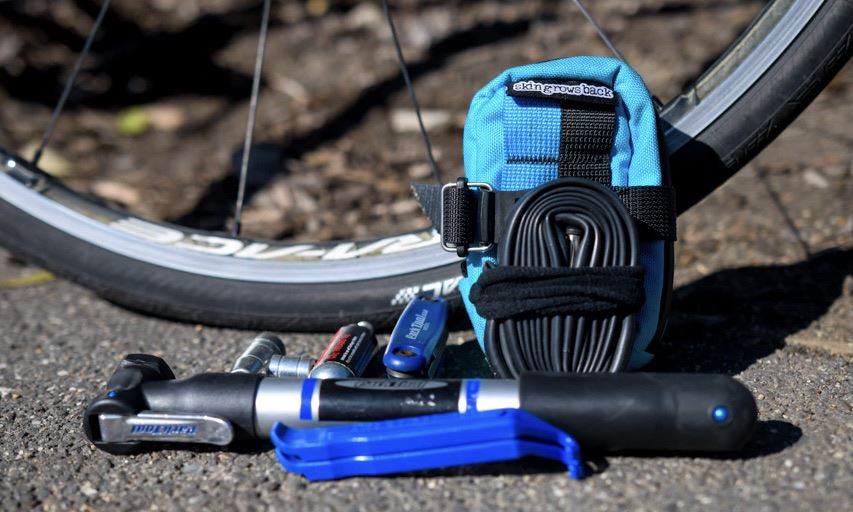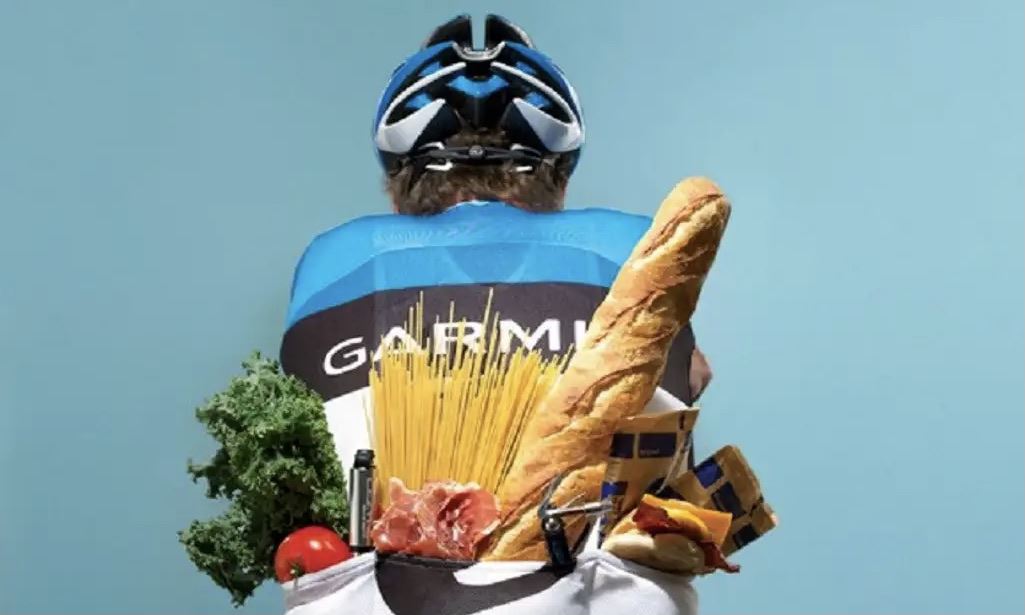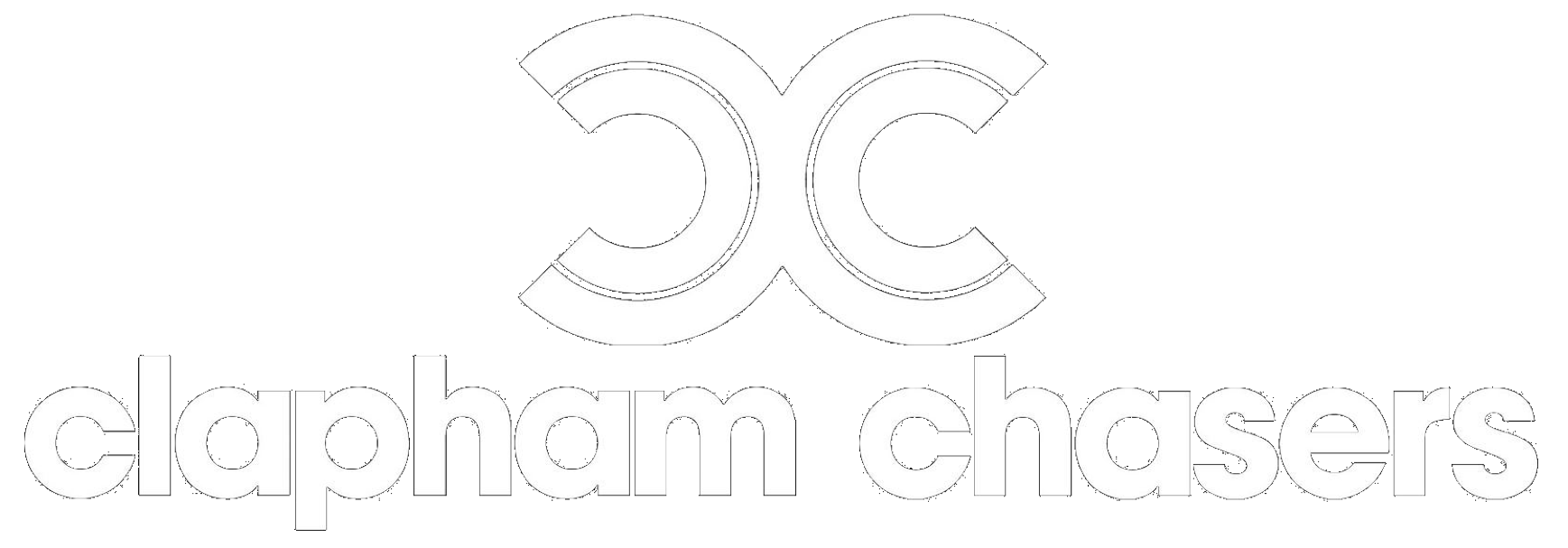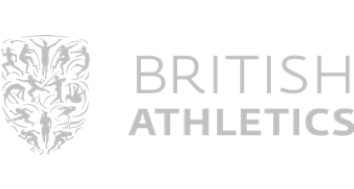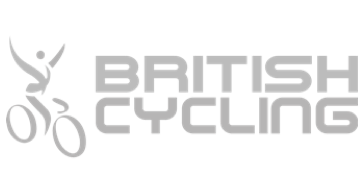All members can join all our cycling sessions straight away with the exception of the Saturday Group Ride. Details for all rides are posted on the Clapham Chasers members facebook page each week, usually a couple of days before the session. For the Saturday Group Ride you will need to join an Intro Ride first. Whether you are a new member or just new to cycling with Chasers, this page will provide you with all the information you need to join our rides and make your cycling journey safe and enjoyable. Please keep in mind that, as with all Chasers' activities, you take part at entirely at your own risk. Please consider this and the safety of other riders before joining a training ride. Even if you are an experienced rider, please read and ensure that you are understand the minimum requirements below. |
Intro Ride All members need to attend an intro ride before joining Saturday Group Rides. | Equipment Check our essentials list to ensure you have the minimum kit and gear for your ride. Read on for an in-depth list of what to carry in your ride. | Group Riding All members are expected to be familiar and comply with group riding skills and etiquette. | Insurance Have a look at the insurance page for important information regarding insurance with regard to club sessions. |
New to Cycling
Long distance, endurance, cycling is a wonderful sport and an activity that will get you hooked very quickly. But it can also come with some risks, as it requires specific equipment you need to be familiar with and that needs to be properly maintained, specific skills, such as riding in close proximity of others and riding at high speed, and specific fitness, as there is no shortcut to riding long hours in the saddle.
In this page we will provide you with a guide that will cover the most basic essentials that you will need for your very first ride and how you can acquire more equipment, confidence and fitness as you progress.
Where do I start?
If you are relatively new to cycling, the idea of joining a 100km ride that will have you climbing 4 hills, over possibly 4 or 5 hours, can be a daunting prospect. We wouldn't recommend that you join an intro ride and a Saturday Group Ride straight away, as you will need to build up the confidence to ride your bike and to ride in a group, and the fitness to endure the distance.
Apart from riding your bike on your own to rack up the miles - you can check out our Routes for some inspiration -, you can start by joining the midweek sessions, available during late spring to early autumn, while light permits, and start joining Sunday Social Rides. These are open to all members and are usually more relaxed than the Saturday rides. Meeting other members can also help you get a better idea of what you have ahead and build your confidence. For example, riding with one hand is one vital skill to feed yourself on the go and to make signals while riding in a group. This can be practiced while riding on your own if you don't feel fully confident at the start.
We also run a starter programme, Build Up to Brighton, that helps new riders build up their confidence and fitness from an initial 30km ride all the way up to the full ride to Brighton, one of the main events in our calendar.
Once you are confident on your bike, you will need to acquire the skills to ride safely in a group. The intro ride serves this purpose, providing the information you need to understand the risks of riding on a group and how to prevent them and the opportunity to practice in a safe environment. Once you have attended this, you are ready to join all the rides and keep making progress.
The Saturday Group Ride provides two routes - one long, one slightly less long, usually known as short - that will allow you to test your fitness and make better choices as to what route and group to ride with.
The main thing is to take one step at a time and build up your confidence with consistency. In no time you will be making more progress than you can initially think.
The guide below provides you with all the information on what you need to ride a bike, broken down in what's essential and what optional kit and equipment you can add as you make progress.
Kit You wouldn't go to work in flip-flops, would you? Cycling has its dress code too. Follow our advice to avoid a faux-pas. |
Spares Like carrying an umbrella to prevent rain, always carry spares in the hope of not having to use them. But do carry them. |
Nutrition Cyclists are a rare breed that will make anything in their power to avoid a bonk. At least whilst on the bike. |
Yes, you guessed right, all you need is a bike. Well, almost. The essentials
Optional As you gain experience you might feel the need for more sophisticated equipment. The investment you can make depends a lot on how much you ride.
As with most sports, cycling specific kit is a matter of function, rather than fashion, although style has increasingly a role to play too in how you dress on a ride. But the most important aspect is that cycling kit is designed to keep you comfortable during long hours on the saddle. The choice of kit is very much weather dependent, with endless options to stay cool or warm, dry, and pain free during your ride. You don't need to have specific cycling kit to begin with, you can use running tights and base layers as they will keep you warm in the cold and also a light windbreaker is a good idea. As you progress you will feel the need for more specific kit. The essentials
Optional As you gain experience you might consider investing in some basics:
And the list gets endless once you start considering variations of weather, style...
There is no worse feeling that having a mechanical problem on the road and not having the tools and spares to fix it. Avoid this by carrying a basic set of spares and tools and learn to perform basic maintenance tasks, such as changing a tyre. You can carry your spares on a saddlebag, on your jersey pockets or on an empty bidon in your bottle cage, depending on how old school you feel. But carry them. Essentials
Optional
Except for the shortest rides, those under two hours, you will need to carry with you - and consume - enough food and fluids to keep you going. Running out of carbohydrates can leave you feeling depleted and completely exhausted or, as it's commonly known, bonking. Nutrition options are a personal choice, but it is essential to carry enough food with you to get you through your ride. Consider weather, distance, elevation... And always prefer to carry an extra couple of items that will return home untouched to having to ride the final hour of your ride on empty. A useful video on bike nutrition can be found below. Essentials
The list below is a summary of the minimum equipment and extras you will need to carry with you on every ride.
|





